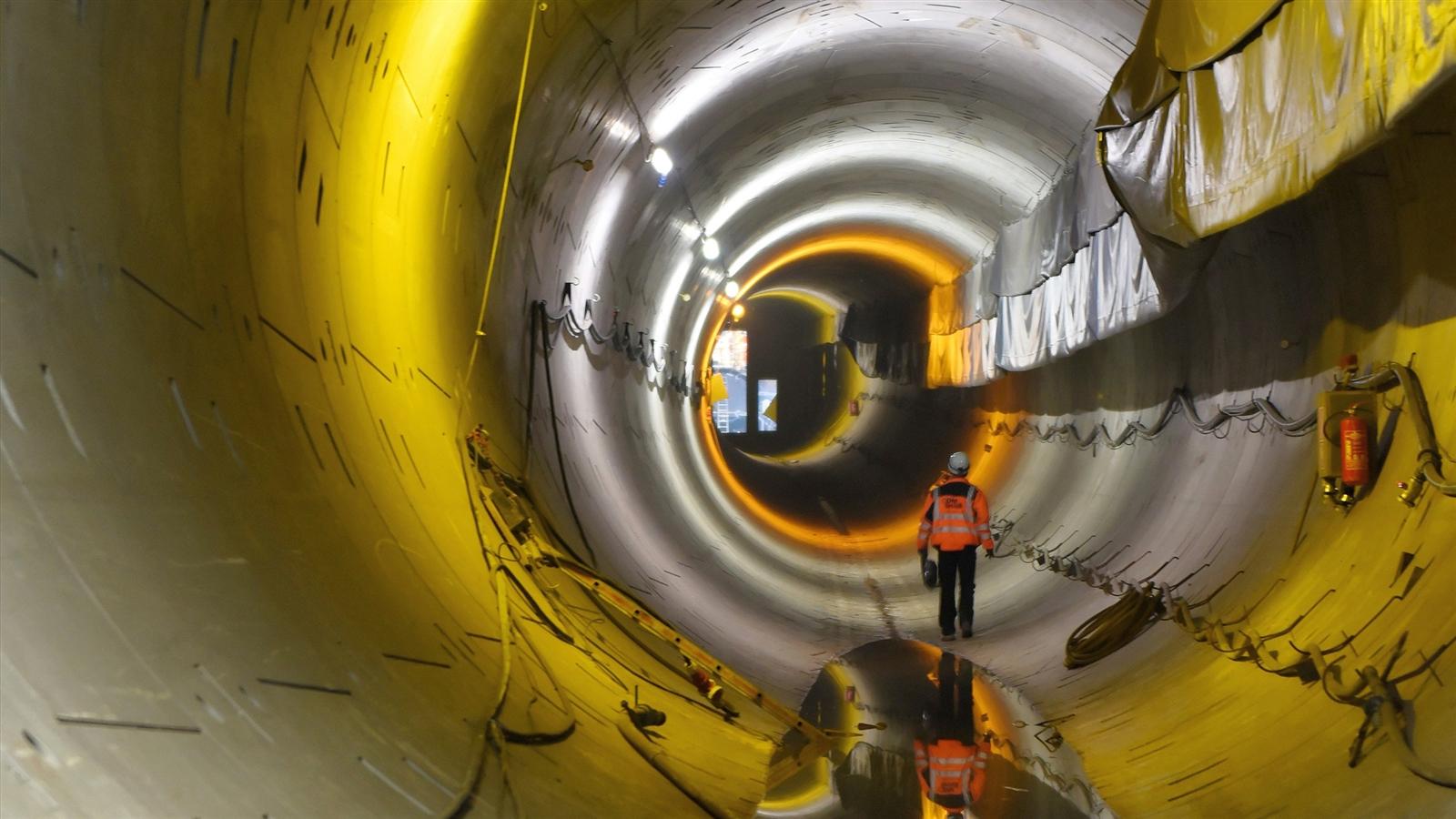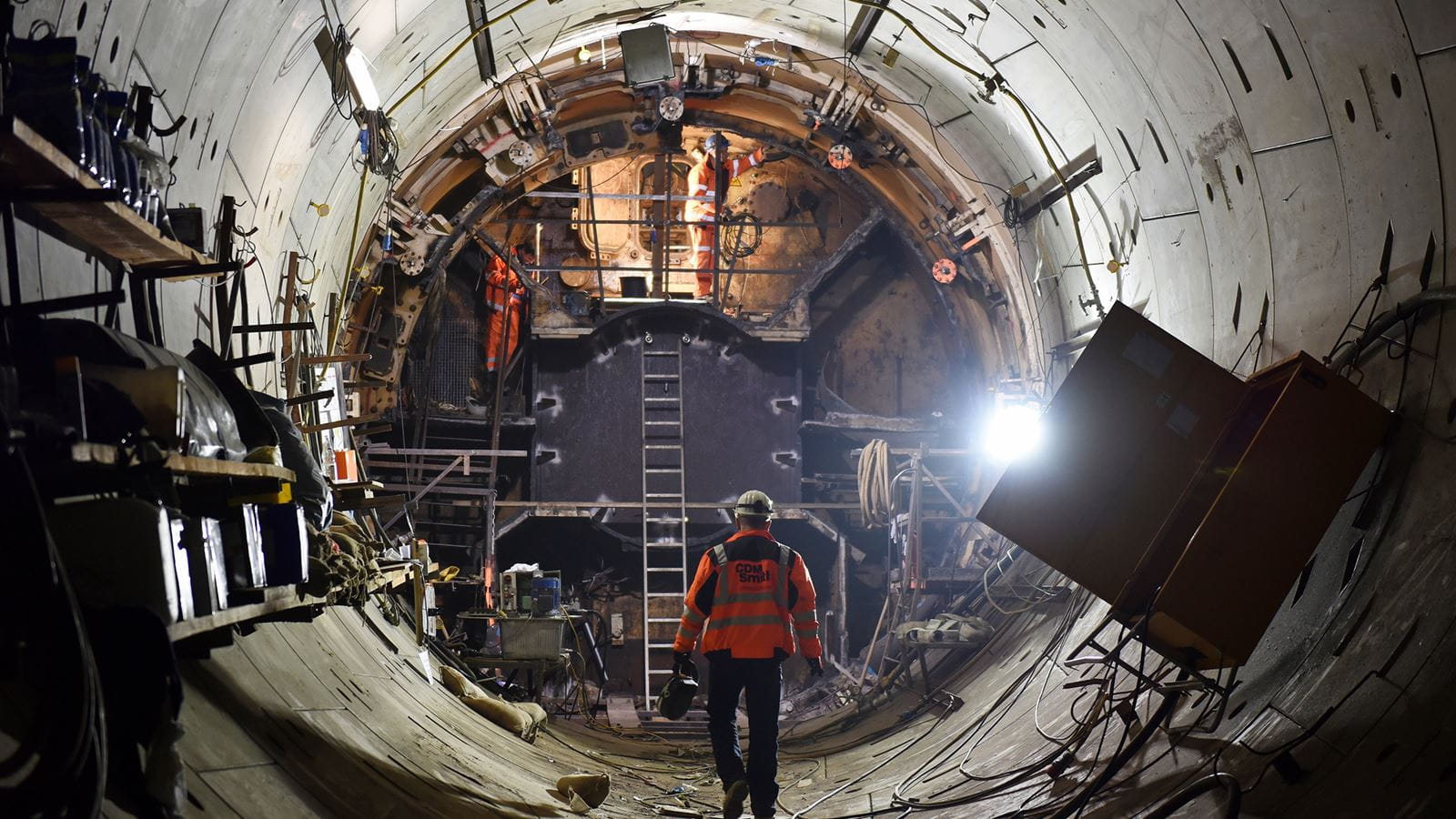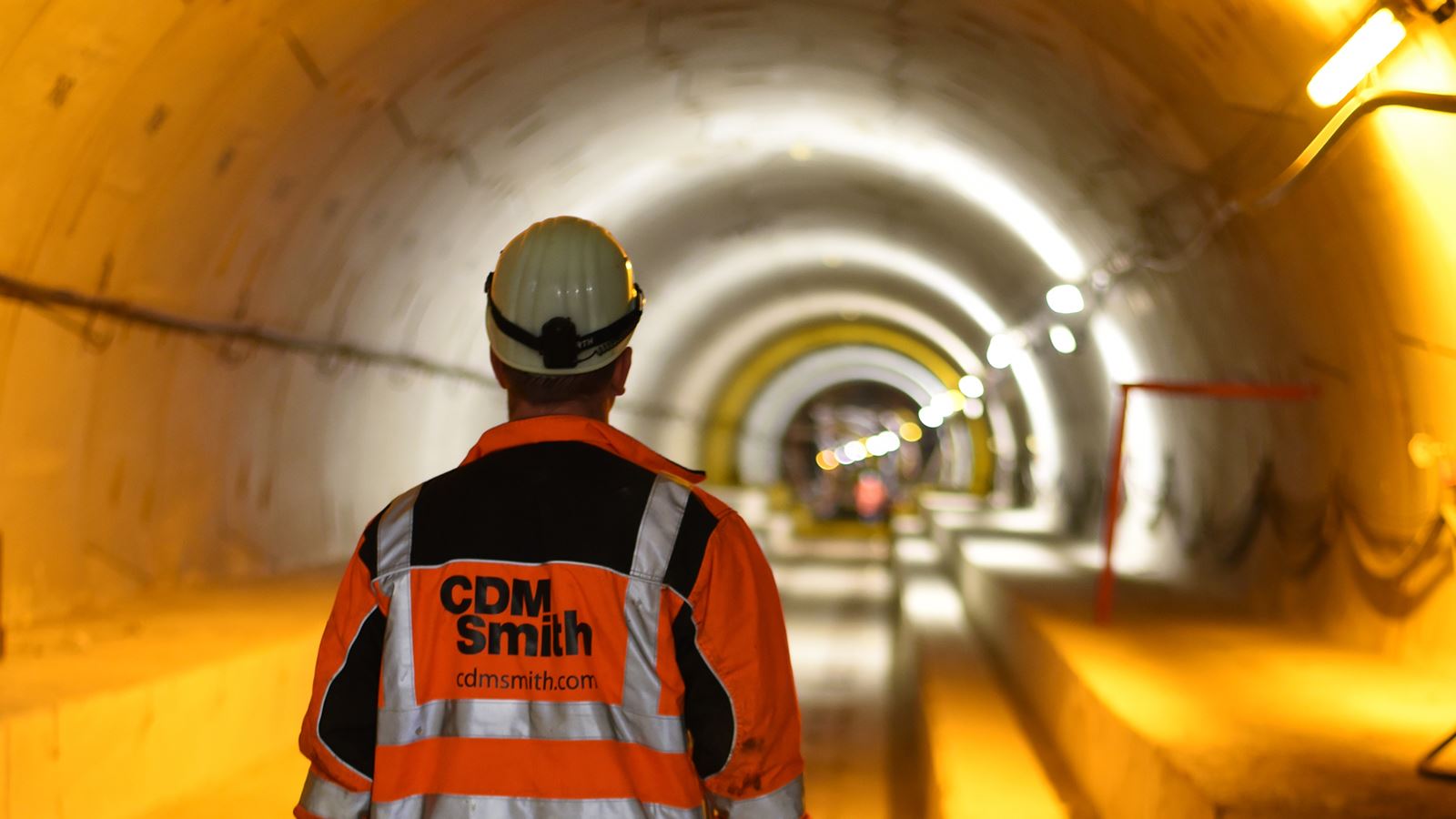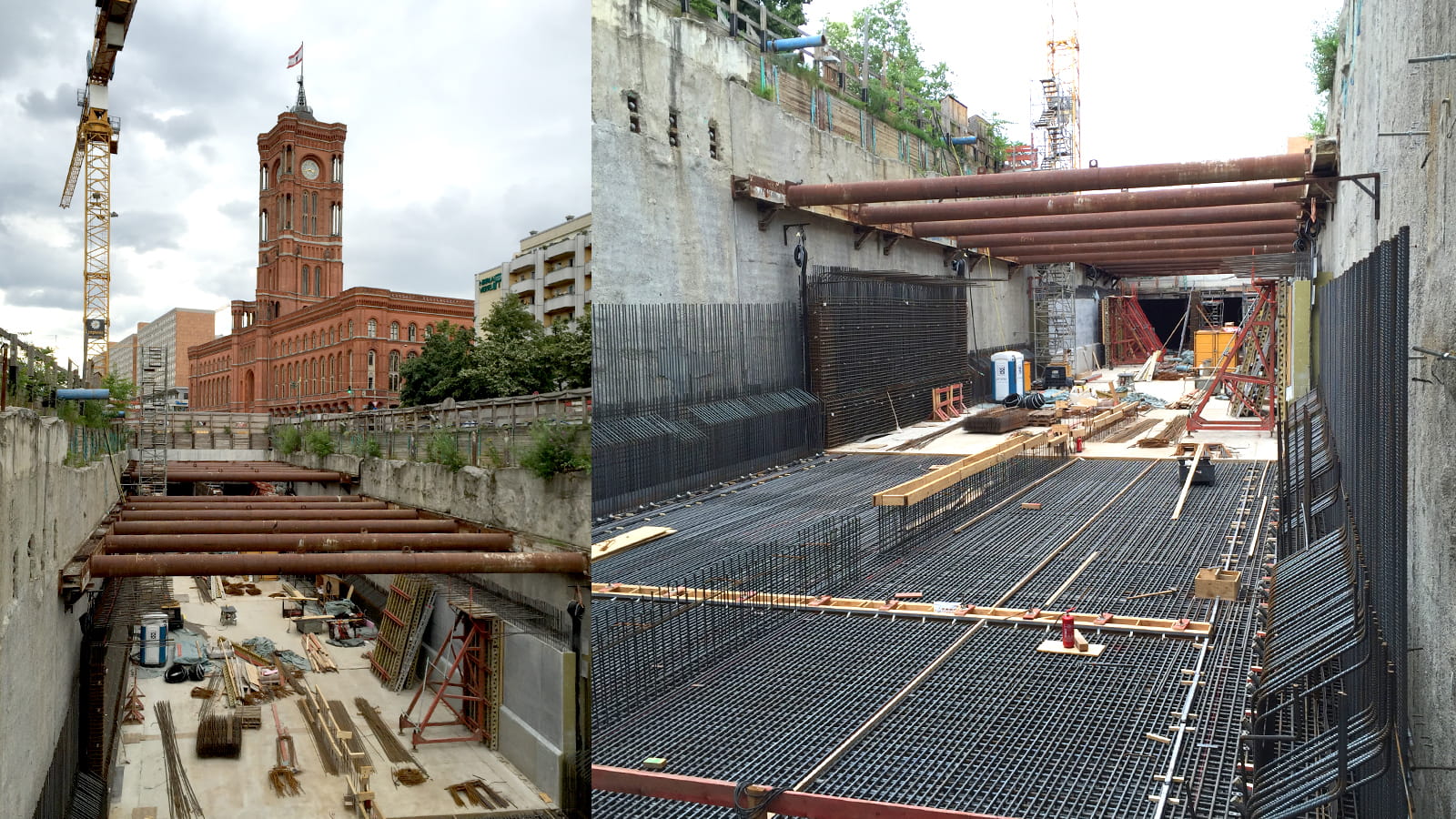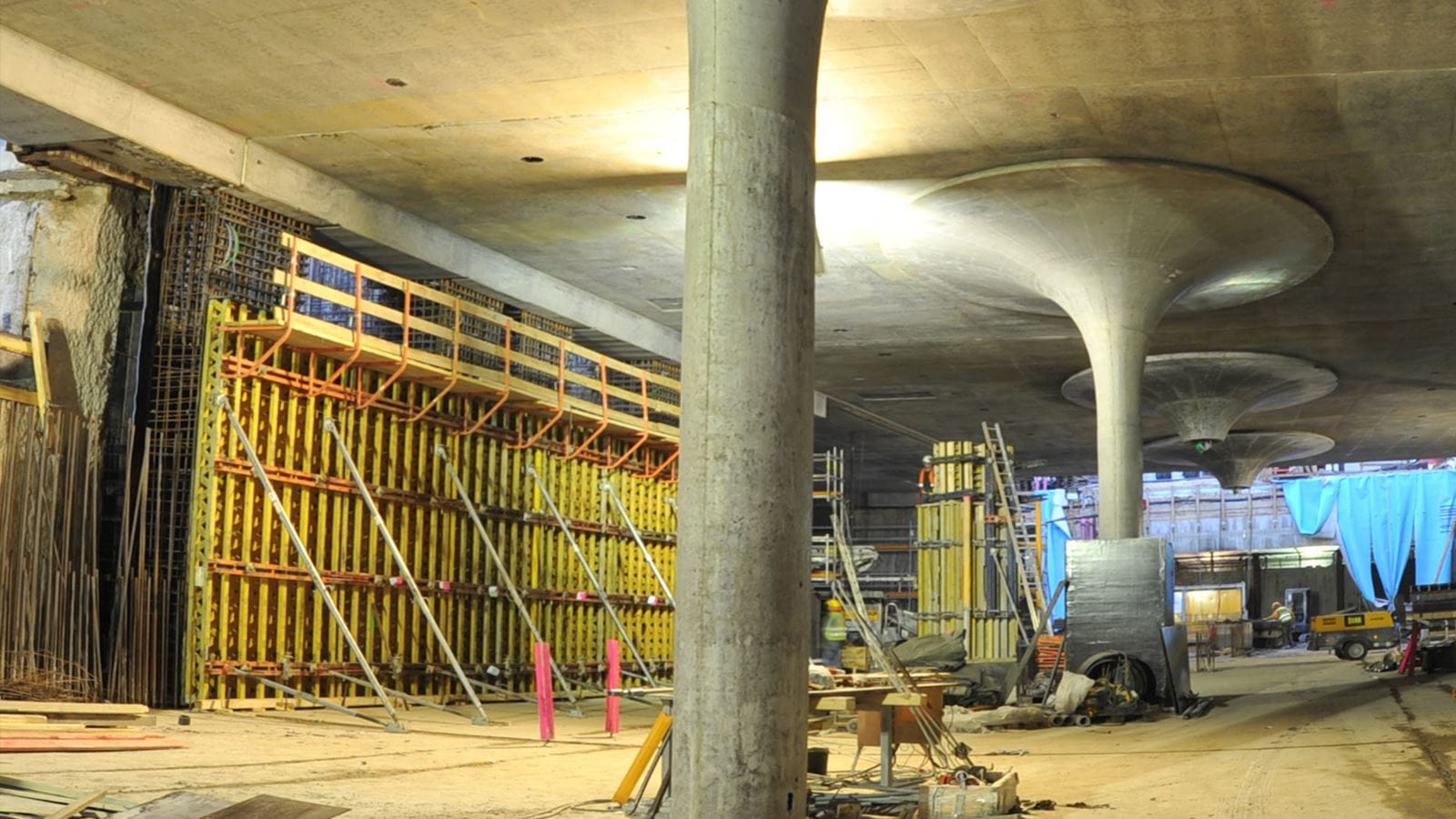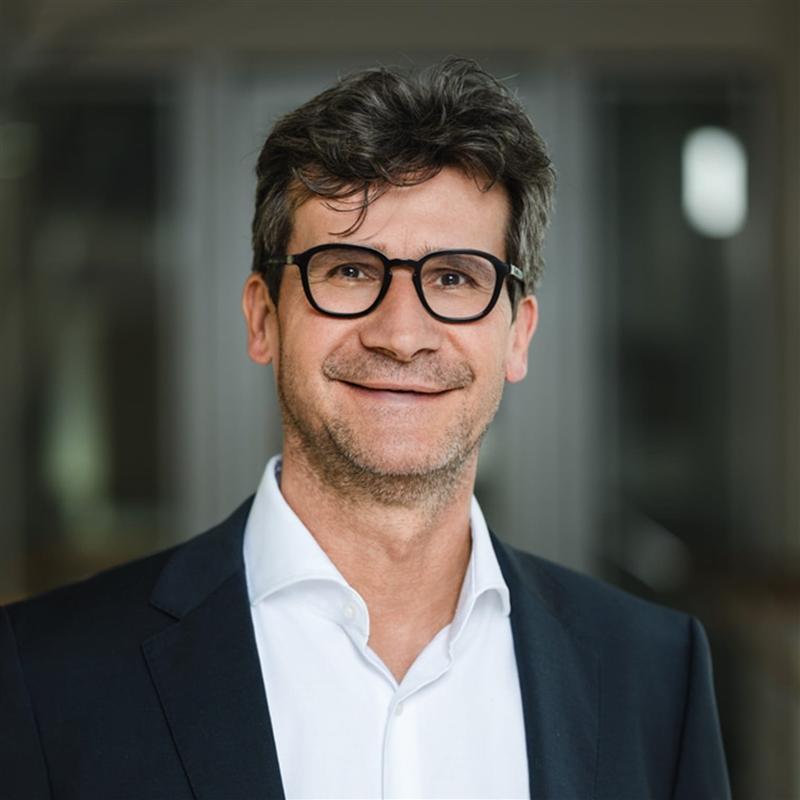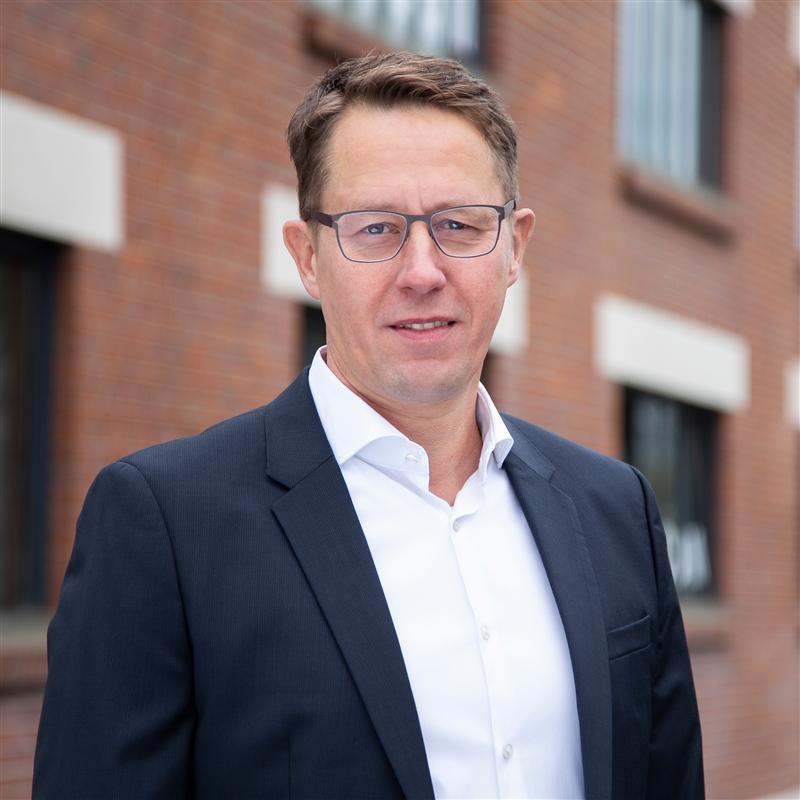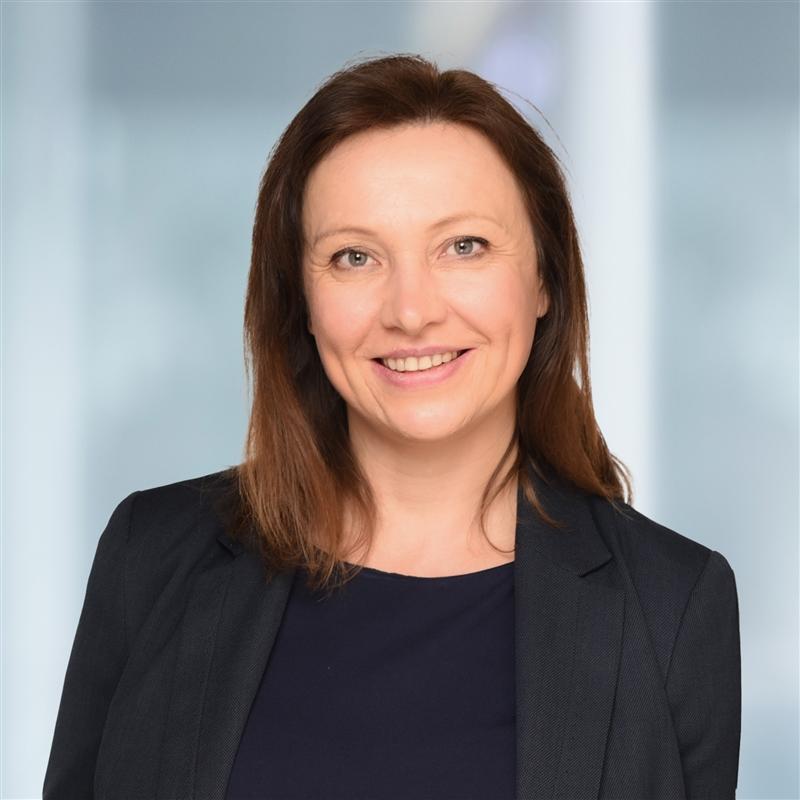New Construction of the Subway Line U5 in Central Berlin
The Berlin metro’s U5 line runs from Hönow in East Berlin to Alexanderplatz in the city centre. A two-stage extension of the route was undertaken in order to connect the eastern areas of the city better to the city centre. The first section between the central station and the Brandenburg Gate, which is not connected to the rest of the rail system, was opened in 2009 as line U55. The second section - the gap closure between Alexanderplatz and the Brandenburg Gate underground stations - had been under construction from 2012 to 2020. In addition to the construction of two tunnels, the project includes a track-switching facility and three metro stations, Rotes Rathaus, Museuminsel and Unter den Linden.
Remains of buildings and foundation elements of past building epochs, closely stepped sands, zones with boulder clay and stones as well as a high groundwater level of about 3 m below ground level characterize the subsoil in the area of the construction project. These ground conditions, which are typical for Berlin, posed a great challenge for the planning and execution of the excavation pits and the tunnel driving.
Even the basic conditions above the earth also made special foundation engineering more difficult. For example, the tunnel boring machine had to undercut the Spree and Spreekanal on both sides of the Museum Island as well as buildings, historical foundations and the Humboldtforum, which is currently under construction. A special feature was that the excavation pits for the railroad station buildings, which were initially made with walls and base but not excavated, were driven through by the tunnel boring machine during the tunneling process. Only after this was the excavation of the excavation pits and the installation of the railroad station buildings. In this way the danger of water ingress in the transition areas between tunnel and excavation pits was reduced.
CDM Smith is recognised as a service provider for integrated solutions in tunnel construction with difficult technical challenges.
CDM Smith has been contributing to the success of the project since 1995 – first as a construction site consultant and planner, and then, since 2010, as a geotechnical and tunnelling consultant for the detailed design and implementation. Our consulting services was based on a variety of civil engineering specialities such as jet grouting, diaphragm wall construction, ground freezing and compensation grouting. We were also responsible for geodetic and geotechnical measurement programmes in monitoring and evaluating the shield tunnelling process as well as soil improvement and structural deformation. Our services also covered soil management as well as soil and waste disposal alongside disposal supervision.
Our geotechnical consultancy services cover, among other things, special-purpose constructions such as jet-spraying, slit-wall construction, foundation grounding and compensating injection as well as geodetic and geotechnical measurement programmes for the monitoring and evaluation of shield drives. CDM Smith advises the client on soil management and soil and waste disposal and takes over the overall disposal control during construction work.
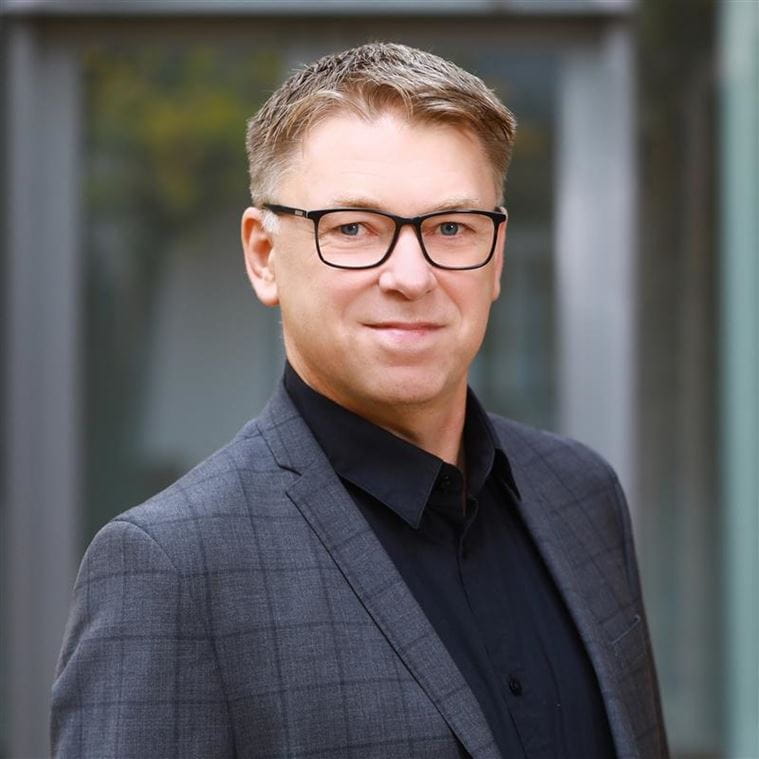
We delivered demand-oriented, high-quality and timely.
Did you know?
For the section of the gap between the Marx-Engels-Forum and the Brandenburg Gate the tunnel-driving machine "Bärlinde" was used. Special technical challenges lurk in the sandy Berlin subsoil, in the form of larger boulders, old buildings as well as the challenges offered by the crossing of the Spree. "Bärlinde" was produced by Herrenknecht specifically for the Berlin site.

